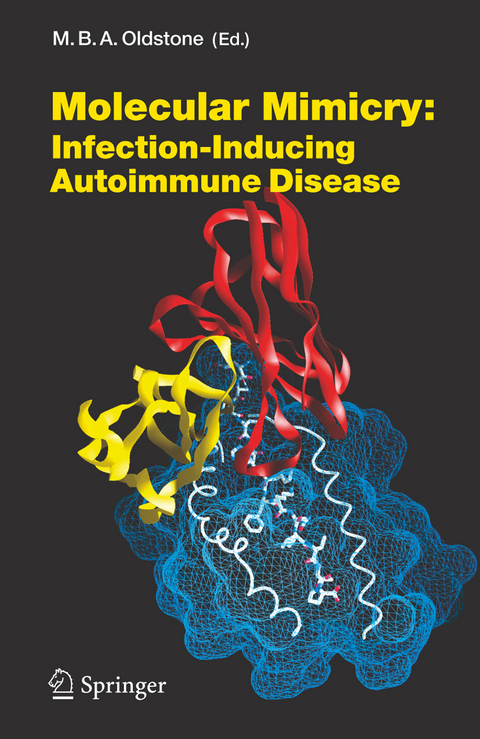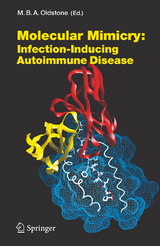Molecular Mimicry: Infection Inducing Autoimmune Disease
Springer Berlin (Verlag)
978-3-540-25597-0 (ISBN)
Molecular Mimicry, Microbial Infection, and Autoimmune Disease: Evolution of the Concept.- The Structural Interactions Between T Cell Receptors and MHC-Peptide Complexes Place Physical Limits on Self-Nonself Discrimination.- A Virus-Induced Molecular Mimicry Model of Multiple Sclerosis.- Suppression of Autoimmunity via Microbial Mimics of Altered Peptide Ligands.- Molecular and Cellular Mechanisms, Pathogenesis, and Treatment of Insulin-Dependent Diabetes Obtained Through Study of a Transgenic Model of Molecular Mimicry.- Trypanosoma cruzi-Induced Molecular Mimicry and Chagas' Disease.- HTLV-1 Induced Molecular Mimicry in Neurological Disease.- Molecular Mimicry: Anti-DNA Antibodies Bind Microbial and Nonnucleic Acid Self-Antigens.- Chlamydia and Antigenic Mimicry.
| Erscheint lt. Verlag | 3.11.2005 |
|---|---|
| Reihe/Serie | Current Topics in Microbiology and Immunology |
| Zusatzinfo | VII, 168 p. |
| Verlagsort | Berlin |
| Sprache | englisch |
| Maße | 155 x 235 mm |
| Gewicht | 370 g |
| Themenwelt | Studium ► Querschnittsbereiche ► Infektiologie / Immunologie |
| Schlagworte | Antibody • Antigen • autoimmune disease • Autoimmunität • autoimmunity • Cell • Chagas' Disease • HTLV-1 • Infection • Infektion / Infektionskrankheiten • Insulin-Dependent Diabetes • microbe • microbes • Microbial Infection • Multiple Sclerosis • pathogenesis • Protein • proteins • Systemic Lupus Erythematosus • T Cell • Virus |
| ISBN-10 | 3-540-25597-4 / 3540255974 |
| ISBN-13 | 978-3-540-25597-0 / 9783540255970 |
| Zustand | Neuware |
| Haben Sie eine Frage zum Produkt? |
aus dem Bereich




